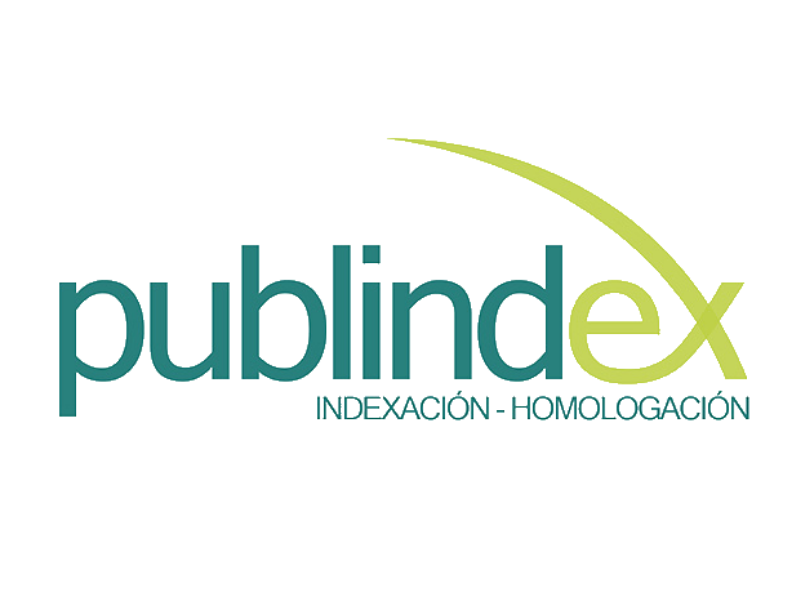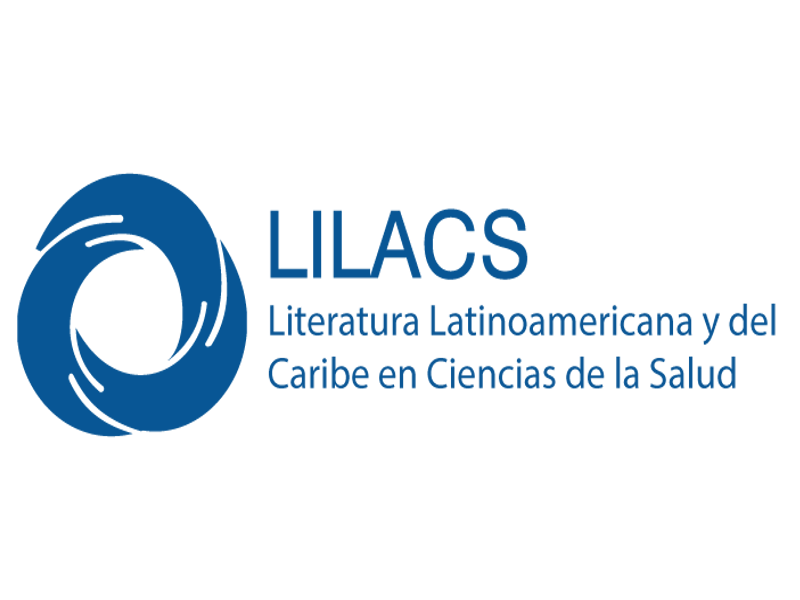Cervical necrotizing fasciitis: negative pressure wound therapywith a reconstructive approach
Fascitis necrotizante cervical: terapia de presión negativa con enfoque reconstructivo
![]()
![]()

Show authors biography
Introduction: necrotizing fasciitis is a fulminant infection with a low incidence rate of 0.4 cases per 100,000 people. It is characterized by rapid progression along the fasciae, causing vascular thrombosis and skin and adjacent tissue necrosis. Treatment consists of early and extensive debridement to prevent sepsis, which is responsible for the high mortality rate, although, this approach can leave significant soft tissue defects that may be managed utilizing negative pressure wound therapy (NPWT). NPWT helps remove necrotic tissue, stimulates angiogenesis and promotes tissue repair, facilitating definitive defect reconstruction with flaps. Case presentation: a patient presenting with necrotizing fasciitis of the neck and chest treated with aggressive surgical debridement followed by NPWT for soft tissue optimization for reconstruction with an ALT flap, achieving satisfactory functional and aesthetic results. Discussion: necrotizing fasciitis presents a diagnostic challenge due to its varied clinical manifestations. Early and adequate treatment is crucial for improving prognosis. NPWT is a valuable technique for managing this condition, especially to prepare a wound bed for reconstruction. It is contraindicated in the presence of cancer suspicion or exposed blood vessels. The reconstructive method selection, such as free flaps, depends on the size and location of the defect, as well as patient´s functional and aesthetic needs. Conclusions: the use of NPWT as part of the multidisciplinary management of necrotizing fasciitis of the face and neck can improve clinical outcomes, facilitating subsequent reconstruction and patient´s functional restoration.
Article visits 295 | PDF visits 64
Downloads
- Wallace HA, Perera TB. Necrotizing Fasciitis. [Updated 2023 Feb 21]. In: StatPearls [Internet]. Treasure Island (FL): StatPearls Publishing; 2024 Jan-. Available from: https://www.ncbi.nlm.nih.gov/books/NBK430756/
- Chou PY, Hsieh YH, Lin CH. Necrotizing fasciitis of the entire head and neck: Literature review and case report. Biomed J. 2020;43(1):94-98. https://doi.org/10.1016/j.bj.2019.08.002
- Sideris G, Sapountzi M, Malamas V, Papadimitriou N, Maragkoudakis P, Delides A. Early detecting cervical necrotizing fasciitis from deep neck infections: a study of 550 patients. Eur Arch Otorhinolaryngol. 2021;278(11):4587–92. http://dx.doi.org/10.1007/s00405-021-06653-4
- Gupta V, Sidam S, Behera G, Kumar A, Mishra UP. Cervical Necrotizing Fasciitis: An Institutional Experience. Cureus. 2022;14(12):e32382. http://dx.doi.org/10.7759/cureus.32382
- de Leyva P, Dios-Díez P, Cárdenas-Serres C, Bueno-de Vicente Á, et al. Cervical Necrotizing Fasciitis in Adults: A Life-Threatening Emergency in Oral and Maxillofacial Surgery. Surgeries. 2024; 5(3):517-531. https://doi.org/10.3390/surgeries5030042
- Ge X, Sun Y, Lin J, Zhou F, Yao G, Luo B, Su X. Diagnostic Key Points and Surgical Management of Necrotizing Fasciitis: A Retrospective Study. Int J Low Extrem Wounds. 2024;23(1):153-160. https://doi.org/10.1177/15347346211045282
- Gallo O, Deganello A, Meccariello G, Spina R, Peris A. Vacuum-assisted closure for managing neck abscesses involving the mediastinum. Laryngoscope. 2012;122(4):785–788. https://doi.org/10.1002/ lary.22403
- Liu W, Gu W, Jin X, Wang J. Effects of simultaneous versus staged VAC placement in the treatment of deep neck multiple-space infections at a tertiary hospital over a four-year period in China. Infect Drug Resist. 2021;14:4091–6. http://dx.doi.org/10.2147/IDR.S334203
- Balcı MK, Ciğer E, Arslanoğlu S, İşlek A. Necrotizing fasciitis of the head and neck: our experience with vacuum-assisted closure therapy. Eur Arch Otorhinolaryngol. 2018;275(10):2555–62. http://dx.doi.org/10.1007/s00405-018-5096-z
- Zaver V, Kankanalu P. Negative Pressure Wound Therapy. [Updated 2023 Sep 4]. In: StatPearls [Internet]. Treasure Island (FL): StatPearls Publishing; 2024 Jan-. Available from: https://www.ncbi.nlm.nih.gov/books/NBK576388/
- Madsen CB, Sørensen JA. Versatility of the pedicled anterolateral thigh flap for surgical reconstruction, a case series. JPRAS Open. 2020;25:52-61. doi: 10.1016/j.jpra.2020.05.002. Erratum in: JPRAS Open. 2021;30:180-181. doi: 10.1016/j.jpra.2021.09.010.
- Edlich RF, Cross CL, Dahlstrom JJ, Long WB 3rd. Modern concepts of the diagnosis and treatment of necrotizing fasciitis. J Emerg Med. 2010;39(2):261-5. http://dx.doi.org/10.1016/j.jemermed.2008.06.024
- Chen CY, Kuo SM, Tarng YW, Lin KC. Immediate application of negative pressure wound therapy following lower extremity flap reconstruction in sixteen patients. Sci Rep. 2021;11(1):21158. http://dx.doi.org/10.1038/s41598-021-00369-5
- Zaver V, Kankanalu P. Negative Pressure Wound Therapy. [Updated 2023 Sep 4]. In: StatPearls [Internet]. Treasure Island (FL): StatPearls Publishing; 2024 Jan-. Available from: https://www.ncbi.nlm.nih.gov/books/NBK576388/
- Seidel D, Storck M, Lawall H, Wozniak G, Mauckner P, Hochlenert D, et al. Negative pressure wound therapy compared with standard moist wound care on diabetic foot ulcers in real-life clinical practice: results of the German DiaFu-RCT. BMJ Open. 2020;10(3):e026345. http://dx.doi.org/10.1136/bmjopen-2018-026345
- Zaver V, Kankanalu P. Negative Pressure Wound Therapy. [Updated 2023 Sep 4]. In: StatPearls [Internet]. Treasure Island (FL): StatPearls Publishing; 2024 Jan-. Available from: https://www.ncbi.nlm.nih.gov/books/NBK576388/
- Agarwal P, Kukrele R, Sharma D. Vacuum assisted closure (VAC)/negative pressure wound therapy (NPWT) for difficult wounds: A review. J Clin Orthop Trauma. 2019;10(5):845-848. http://dx.doi.org/10.1016/j.jcot.2019.06.015
- Quacinella MA, Yong TM, Obremskey WT, Stinner DJ. Negative pressure wound therapy: Where are we in 2022? OTA Int. 2023;6(4Suppl):e247. http://dx.doi.org/10.1097/OI9.0000000000000247











